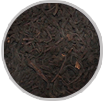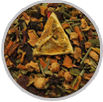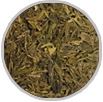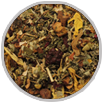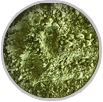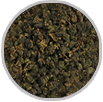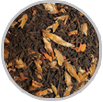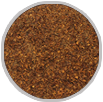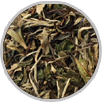Oolong tea is also seen or recognized as wulong tea. In Taiwan, it is seen as Oolong and in China it is seen as Wulong. The meaning of oolong is simply “dark dragon.” It refers to the simple shape and color of the leaf which is long, twisted and dark. Oolong teas may also be the most difficult to categorize and understand as a single category; they have a broader range of oxidation level and leaf styles as well as processing techniques and manufacturing techniques than other type of tea. The caffeine level is higher in an Oolong because there is more oxidation than in a green tea, so at this point the caffeine curve begins to go back up again. There are 5 categories of oolongs: Pouchong, Jade, Amber, Champagne and aged. Since this is an overview, I’ll spend more time on oolongs in another post but most professionals in the industry look at the leaves and taste of the tea liquor for oolongs. Oolongs have degrees of oxidation, firing and post production baking so there are so many variations to oolongs. A complex, flowery fragrance from the cultivar, indoor and sun-withering and carefully controlled oxidation are some major factors that contribute to an oolongs taste. Many oolongs are also scented (not flavored – big difference between the two!) with things like rose, jasmine, smoke or other flavors. Scented teas are put into a room that allow the scent to impart into the leaf whereas flavored teas have been sprayed with a flavor, have crystals added, etc., after the final baking process is complete. Note the balled look of the leaf style of this particular oolong. This is a coconut oolong that has been rolled and not twisted.
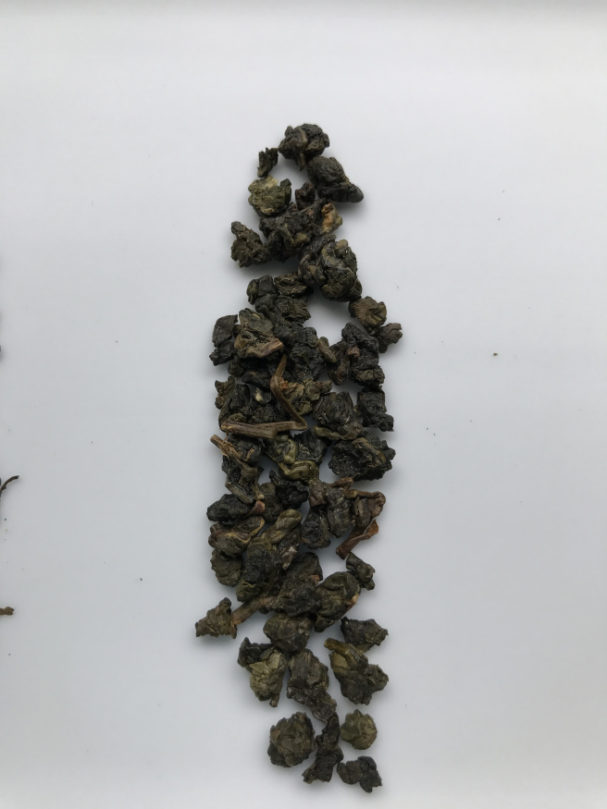
Oolong Tea
- Home /
- TEA BLOG /
- Uncategorized /
- Oolong Tea
Oolong Tea
- Home /
- TEA BLOG /
- Uncategorized /
- Oolong Tea
TEA BLOG

Supporting Our Military
Supporting our active duty and retired U.S. military 365 days a year.
We provide APO/FPO shipping for overseas for military.




